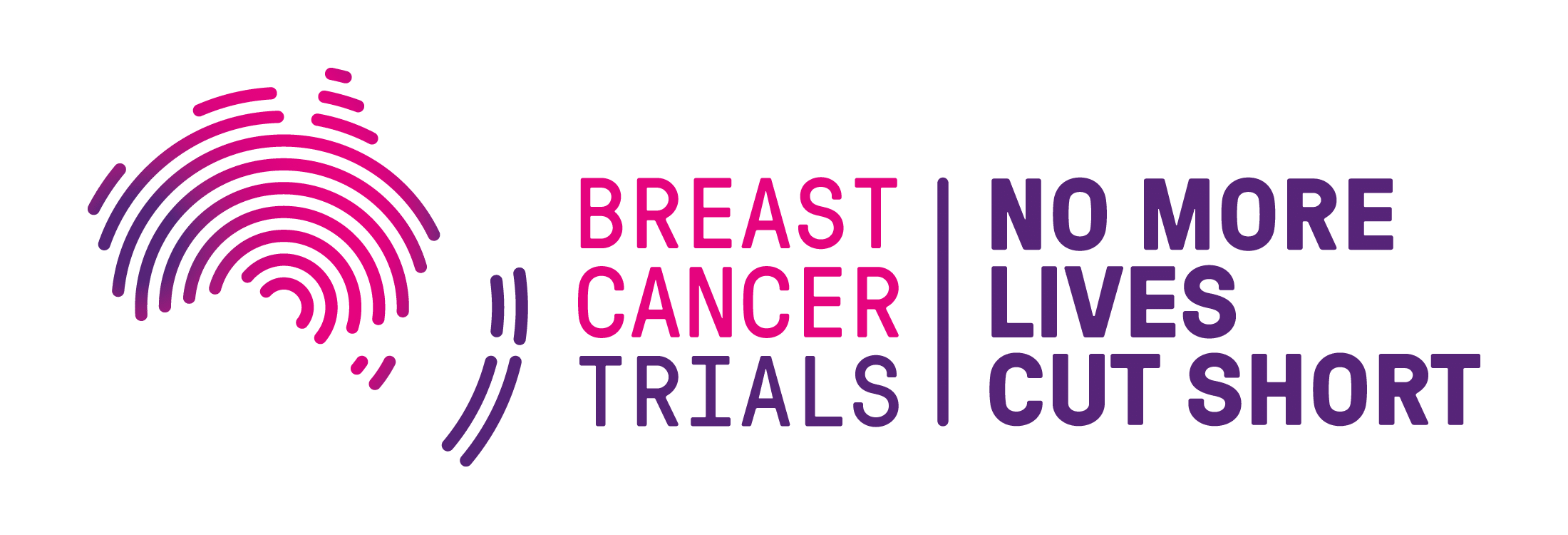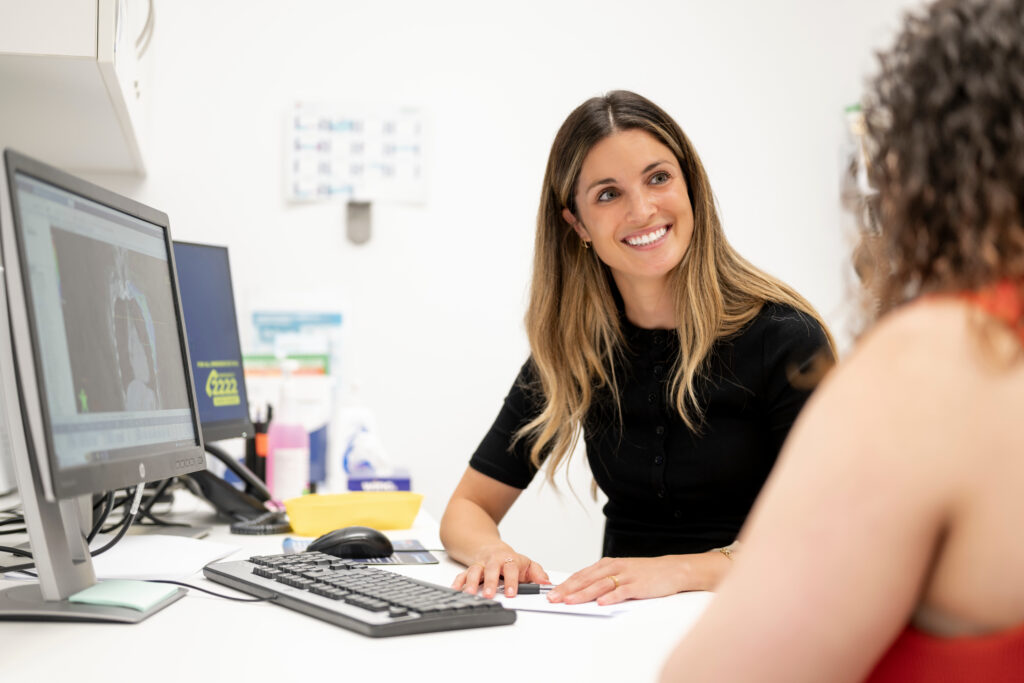Dr Gabrielle Metz is a radiation oncologist and 2025 clinical fellow with Breast Cancer Trials. Her project, optimising radiotherapy in the neoadjuvant therapy era, also known as ORNATE, aims to refine radiotherapy for breast cancer patients receiving chemotherapy before surgery.
By creating a multicentre database, researchers can explore whether radiation doses can be safely reduced, and assess less invasive lymph node treatments, all while considering patient experiences and outcomes. We spoke with her about the importance of this research and what it means for patients.
“There’s been a current trend to increase the utility of neoadjuvant therapy for breast cancer patients. And most of these patients do end up having adjuvant radiotherapy after their surgery. But all of our data to support radiotherapy for breast cancer patients is pre the neoadjuvant era.”
“We don’t actually have good, robust, long-term data that supports or can guide radiotherapy in this particular patient cohort. There has been some recent data that looks at de-escalating treatment or radiotherapy in patients who have an excellent response to neoadjuvant therapy, but the follow-ups are not long enough.”
“I wanted to create a registry that captures local women, and local trends in practice where we can possibly have one area where all of their data is collected, and analyse their outcomes, particularly in relation to what radiotherapy they received. We then want to look at reducing the amount of radiation that they’re getting.”
Listen to the Podcast
Dr Gabrielle Metz is a 2025 clinical fellow with Breast Cancer Trials, and her project is looking to refine radiotherapy for breast cancer patients receiving chemotherapy before surgery.
Why is it so important to reassess radiation dosing in patients who are responding well to chemotherapy before surgery?
“In terms of radiotherapy, it’s done really well these days with a deep inspiration, breath hold technique using what we call a Volumetric Modulated Arc Therapy (VMAT) technique, where we can really sculpt our radiotherapy away from underlying structures like the lungs and heart, and target mainly towards the area that we need, so the breast and or the lymph nodes.”
“But treating those areas or those lymph node regions does pose a slight increased risk of toxicity to the lungs and the heart. And if we can de-escalate that and reduce the risk, but still get excellent oncological outcomes for our patients, then that’s our overall aim.”
“In the world of oncology, we are always looking to de-escalate treatments safely for our patients. Patients are living longer, our outcomes are better, and we want to reduce the amount of long-term toxicity that they may receive from any treatment that they get.”
How will the multicentre database be structured and what kind of data will it be collecting?
“The database will be structured on REDCap, and we will be collecting data regarding patient demographics, which will be de-identified, but also based on the patient’s treatment in terms of the type of surgery, the type of neoadjuvant therapy, what they received, and what their pathological response was, as well as in particular the radiation details.”
“So how much radiation they received, and what areas have been targeted by the radiation therapist as well as long-term outcomes in terms of cancer recurrence and survival and toxicity.”
What factors are you going to be analysing to determine whether radiation can be reduced for a patient?
“At the moment, the long-term data, doesn’t support de-escalating or reducing radiotherapy. However, in a certain select group, if it’s agreed upon by the MDT, meaning the patient’s surgeon, medical oncologist, radiation oncologist, and other treating physicians, and the patient has been well-informed, we might be able to look at reducing or omitting radiotherapy to certain areas like the axilla in patients who, who that might be suitable for, who have had a very good response.”
How might the findings of this study change current radiotherapy practices for patients?
“I think to change any type of treatment for oncology patients or for any type of patients, we do need to have long-term, robust, randomised evidence, which the registry won’t provide, but it will provide, local data in regard to these women and their delivered treatment and subsequent oncological outcomes that we might be able to extrapolate to a wider audience over time.”
“Having a well-established robust registry for Australian women with breast cancer has endless possibilities in terms of pulling data over time to analyse their outcomes. And that can guide further management in an array of ways, provided it’s done well.”
What are your hopes for the future of breast cancer research in this area?
“My hopes for the future are to continue providing research and striving to allow our patients to be undergoing treatment with as little toxicity as possible, and as little impact to their quality of life as possible, while still maintaining excellent oncological outcomes and survival outcomes for our patients.”
“We have been treating women with breast cancer with radiotherapy for decades. And our outcomes have always been excellent. There are very minimal side effects and toxicity to women, undergoing breast radiotherapy, particularly these days. The dose to the hearts and the lungs are almost negligible.”
“And it’s a very safe and well tolerated treatment. In saying that, similar to the way that we’re trying to reduce surgery, we’ve gone from mastectomy, removing the whole breast tissue, to a wide local excision, removing only part of the breast tissue. We are looking if we, if we can do that similarly with radiotherapy.”
“So, radiotherapy will remain a really important part of breast cancer treatment because it’s well tolerated and because our outcomes are excellent. But whether we can do that with reducing the areas that we need to treat, then that would only ever be a good thing for patients.”



